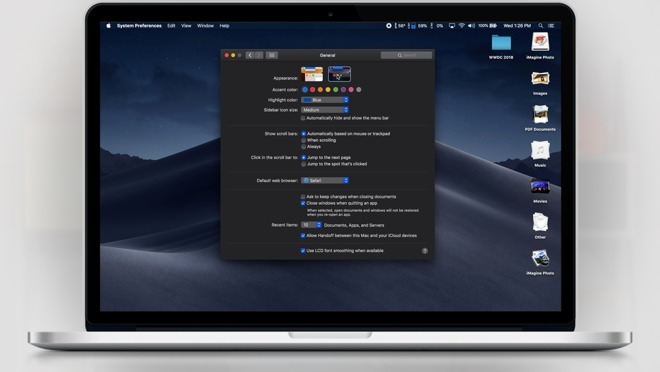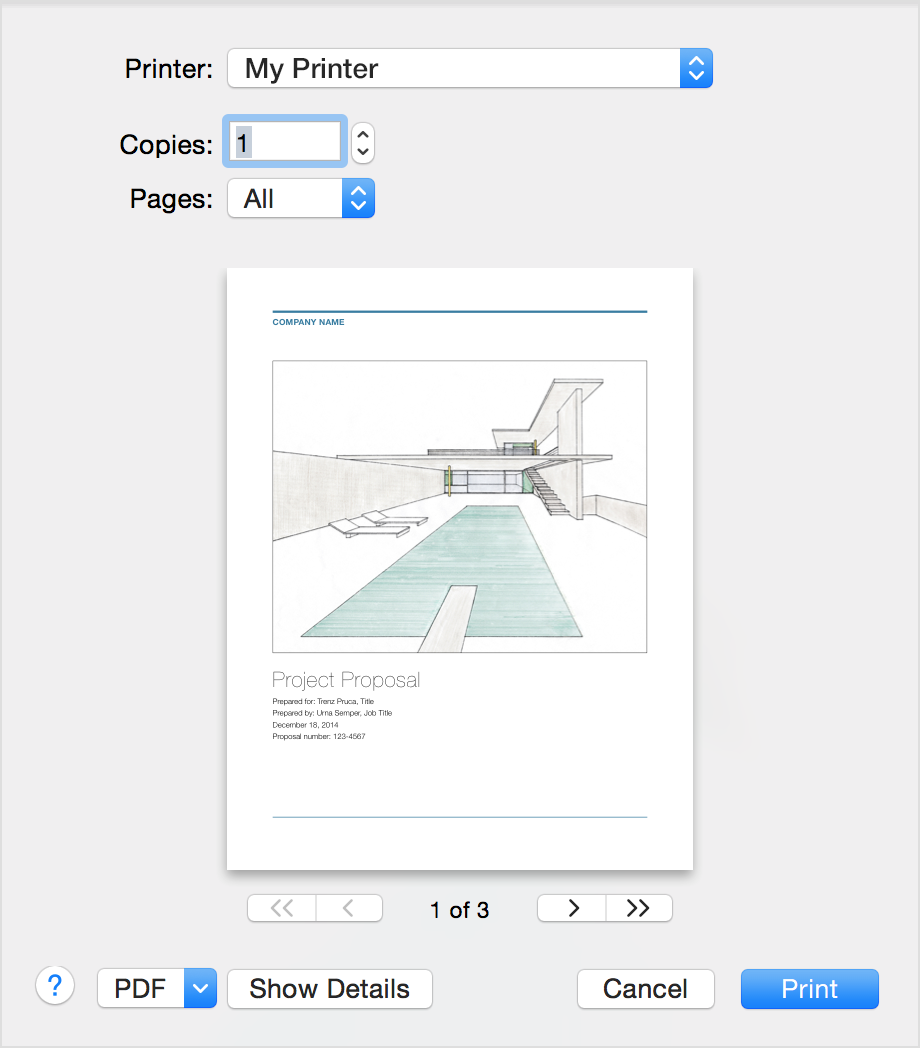Be Prepared For Mac
Windows 8.1 and 8 RELATED: to create a USB recovery drive on Windows 8.1 or 8. Tap the Windows key on your keyboard to access the Start screen, type Recovery drive, and press Enter to open the “Create a recovery drive” tool. Insert your USB drive and go through the wizard. This tool also gives you the option to move your recovery drive to the USB drive, deleting it from your system drive. This can help on devices with small amounts of storage, but you’ll need the USB drive to in the future. Vgn fz29vn drivers for mac. Windows 7 RELATED: Windows 7 doesn’t allow you to create USB recovery media. You’ll have to on a CD or DVD.

Be Prepared For Machines

Press the Windows key to open your Start menu, type System Repair Disc, and press Enter to open it. A system repair discallows you top access tools like Startup Repair, which can fix problems that prevent your operating system from booting. On Windows 8, you can press Windows Key + R, type recdisc.exe into the Run dialog, and press Enter to access this tool. It allows you to create a CD or DVD recovery disc for Windows 8. This hidden tool was removed in Windows 8.1, so you’ll have to create a USB recovery drive instead.
Linux RELATED: There’s no need to create separate, specialized recovery media on Linux. Just ensure you have, DVD, or CD with your Linux distribution’s live environment on it. If your Linux distribution ever becomes damaged and unbootable, insert your live CD and use the tools on the live CD to fix it.
Unlike on other operating systems, Linux distributions like Ubuntu don’t have specialized “repair installation” options that will attempt to repair an existing installation. But there are other ways you can attempt to repair your Linux system. For example, you could reinstall your Linux distribution without formatting the drive, keeping your files. You could follow guides to fixing your operating system online and run the appropriate terminal commands. You can also use other tools — for example, we have instructions for. Mac OS X RELATED: is built into your Mac. Modern Macs even support Internet Recovery, so they can download the OS X Recovery environment from Apple’s servers when necessary.
This is all integrated into the Mac’s UEFI firmware, so it can download the recovery environment and use it even if your hard drive is completely wiped. You can also create an OS X Recovery disk, which is useful on Macs without Internet Recovery or if you want to access recovery mode without an Internet connection. From Apple’s website. Run it, select an external drive to install the recovery environment to, and follow the instructions. You can then boot any Mac while, select the recovery drive, and access the recovery environment. Chrome OS RELATED: You can create a Chrome OS recovery drive on any operating system — on Chrome OS itself, or on any Windows, Linux, or Mac OS X system with Chrome installed.

Install the from the Chrome Web Store, insert a 4 GB or larger USB drive or SD card, and select the model of your Chromebook. The utility will create a recovery drive with all of Chrome OS’s system files on it — the recovery drive allows you to reinstall if it ever becomes corrupted. For example, this may happen if you’re for full access to the Chrome OS operating system.
Unlike the other recovery tools here, the drive you create is only good for the particular model of Chromebook you choose when you create it. You can’t re-use the recovery drive with multiple different models of Chromebooks, although you can quickly rewrite new Chrome OS recovery files to it. To boot the recovery media, just insert it into your computer and reboot. If the is set up properly, it should boot straight to the recovery environment.